What are the main advantages of sliding trays compared to trays?
Compared with steel and wood pallets, plastic pallets have many advantages such as light weight, stability, aesthetics, good integrity, no nails or thorns, odorless and non-toxic, acid and alkali resistant, corrosion resistant, easy to rinse and disinfect, non decay, non combustion, no static sparks, recyclability, etc. Their service life is 5-7 times that of wooden pallets. They are important tools for modern transportation, packaging, and storage, and are internationally specified for use in food, aquatic products, pharmaceuticals, chemicals, etc Storage essential equipment for various enterprises such as three-dimensional warehouses. However, due to its high cost, it is not widely used. The obvious advantages of metal trays are strong load-bearing capacity, reliable structure, and not easily damaged; The disadvantage is also obvious, that is, its own weight is large and it is easy to rust.
Paper pallets are currently becoming the focus of attention due to their advantages such as harmlessness, environmental protection, low price, and strong load-bearing energy. There are several common types of paper pallets: Abbe paper pallets: pallets produced with kraft paper as the basic raw material Honeycomb paper pallets: pallets produced with honeycomb paper as the basic raw material Corrugated paper pallets: pallets produced with corrugated paper as the basic raw material Sliding pallets: pallets produced with high-quality kraft paper as the basic raw material. Classify flat pallets according to their structure.
Flat pallets are almost synonymous with pallets. As long as a pallet is lifted, it generally refers to flat pallets, because flat pallets have the widest range of use, the largest number of uses, and the best versatility. Flat pallets can be further divided into three types, classified according to the countertop. There are four types: single sided, single sided, double sided, and airfoil; Classify according to the way forklifts are forked in. There are three types of cross entry: unidirectional, bidirectional, and four-way, classified according to the material.
There are five types of flat pallets: wooden, steel, plastic, composite, and paper. According to physical properties, it can be divided into anti-static, surface resistance values ranging from 6 to 9, conductive, surface resistance values ranging from 6 to 10, insulation, surface resistance values ranging from 12 to 10, and can be classified according to its weight and usage. Light tray (disc): also known as "flat tray", refers to the use of small discs or dishes, drinks, tableware, etc. in service. Due to the relatively light weight of the items being delivered on the tray, usually ranging from 2 to 5 kilograms, it is called "light delivery". Also known as "chest tray" because the plate is flat on the chest, it is suitable for ordering, banquets, and cocktail parties.
Heavy pallets (discs, square plates): also known as "high pallets", mainly used for shipping dishes, drinks, cleaning utensils or dishes, etc. Due to the heavy weight on the plate, usually ranging from 10-20 kilograms, it is called "heavy support"; Also known as "shoulder support" due to the area where the plate is held over the shoulder. Heavy pallets are both used for large and medium-sized pallets, with a capacity of three times that of a request. They are commonly used for serving dishes at banquets, tidying up large-scale dishes, and are suitable for banquets and restaurants.
End

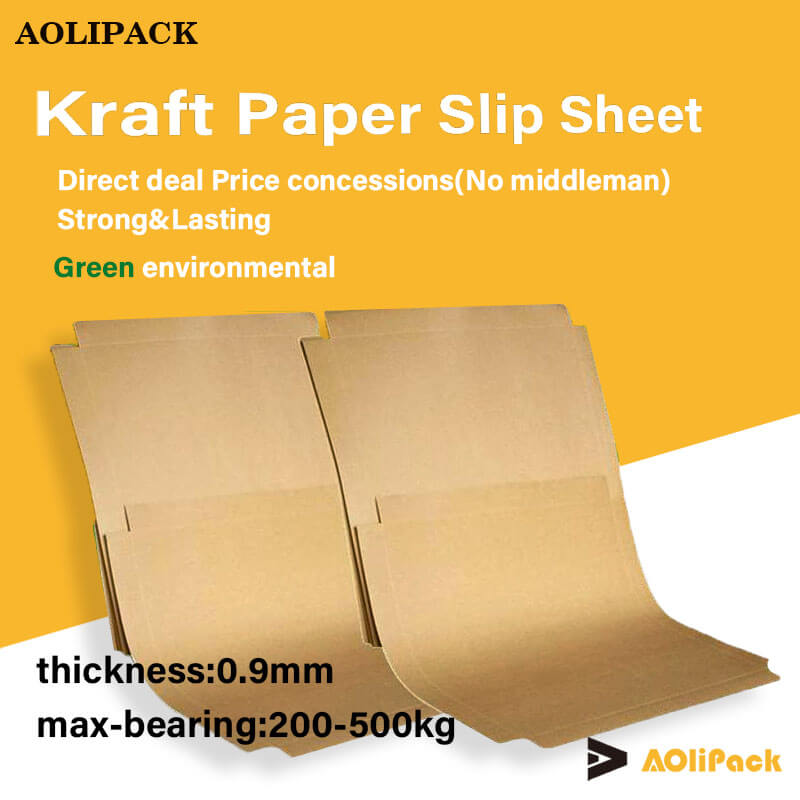
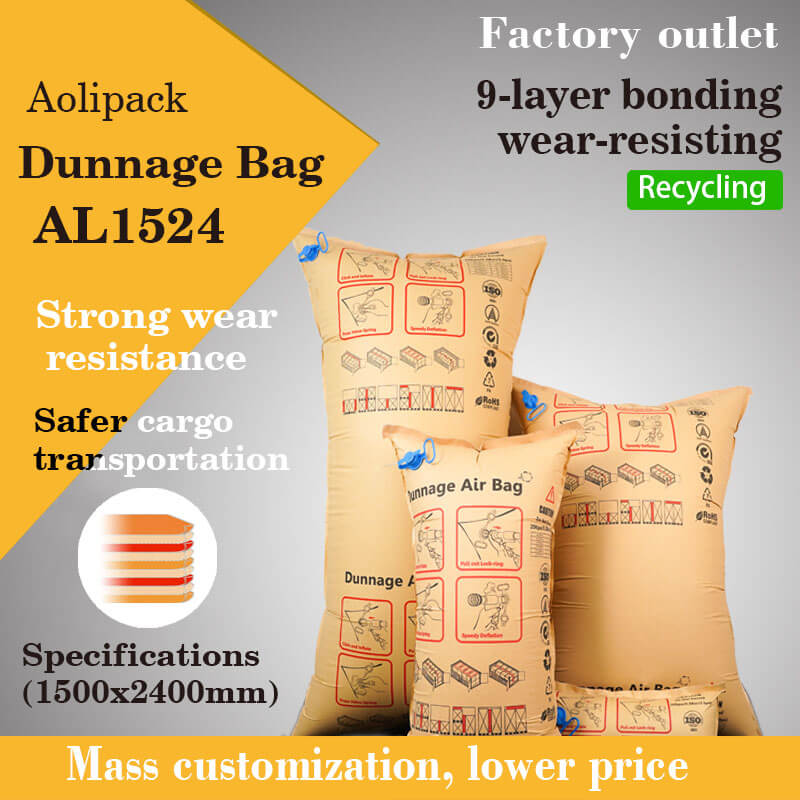
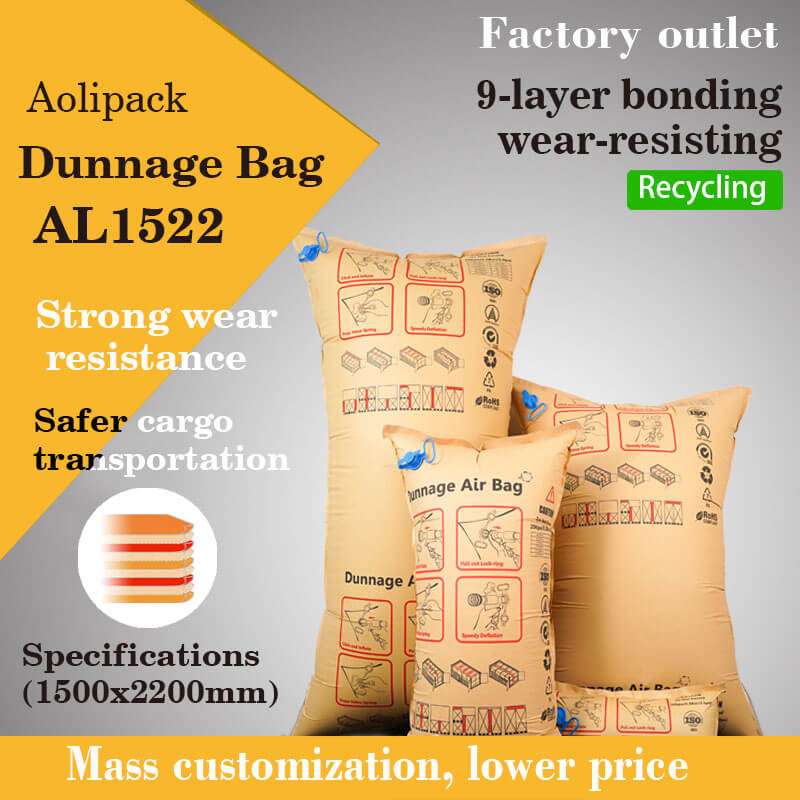
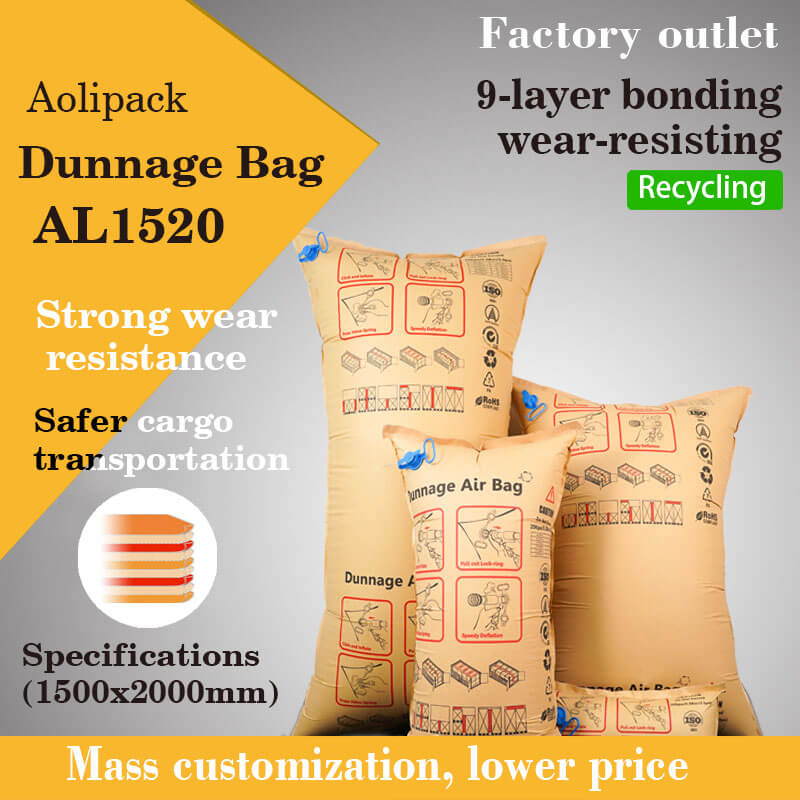
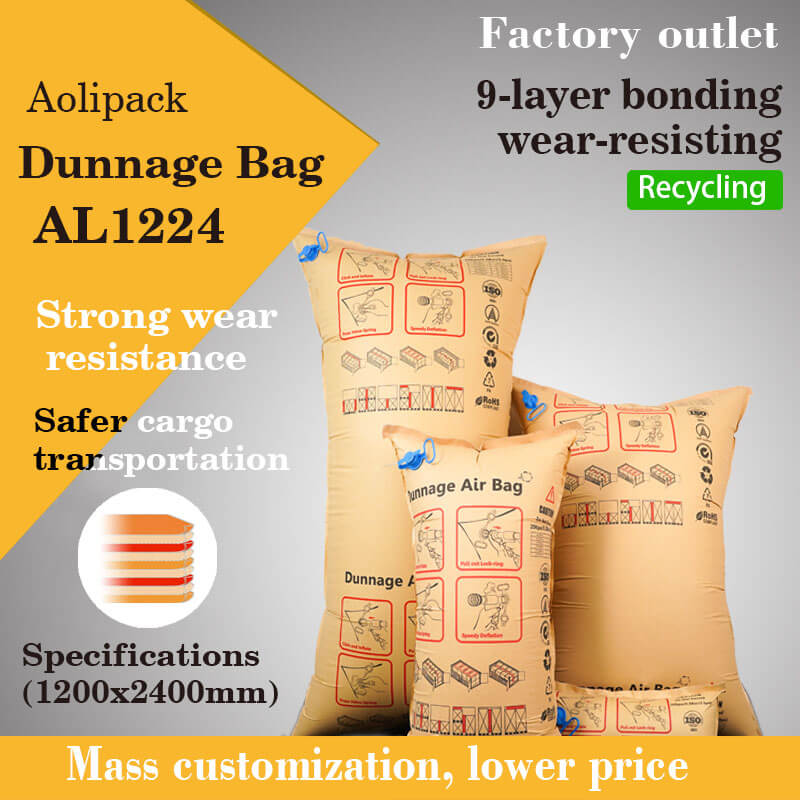

 wechat consulting
wechat consulting